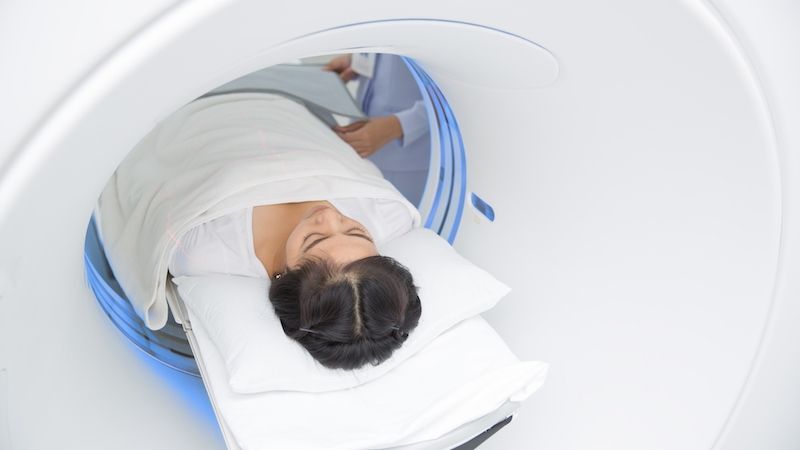
CT SCAN (Computed Tomography)
What is a CT scan (Computed Tomography)?
Computed Axial Tomography, commonly called a CAT scan or CT Scan, provides today’s physicians with a relatively inexpensive imaging tool for the diagnosis of many different diseases, defects and injuries. Using digital capture, a CT scan collects multiple X-ray images and constructs a picture of the body from cross-sectional slices (or tomograms). Since the X-ray beams are recorded from many different angles, there is much more information obtained and the absorption rate of the beams can provide valuable data regarding the thickness of tissue and the condition of bones. Using a similar dosage of radiation as an ordinary X-ray machine, a CAT scan provides visible images with close to a 100 times more clarity that can detect very subtle differences in your body tissue.
- Requires little preparation and scans can be taken very quickly
- Simple outpatient procedure for ambulatory patients
- Non-invasive, requiring minimal recovery time and no overnight stay
- Sensitive imaging for the diagnosis of internal injuries or disease
- Supplements the results of other imaging like ultrasound or MRI
- Examines structures for malformation, trauma or other abnormalities
- The source for the beam and the detectors are interconnected and rotate around your body during the scan. You may be asked to remain still during certain phases of the examination. The good news is that most CAT scans are completed in less than 15 minutes of table time. This largely depends upon the specific area of your body that needs to be imaged.
Preparing for a CT Scan
Please check with your referring Dr. regarding special instructions for your scan. you might have to drink a special drink the night before your scan and an hour before. For all abdominal and pelvic CTs you should plan on fasting for 8 hours prior to your scan. Please call our center with any questions and to obtain specific instructions. When you call make sure to inform our staff of any allergies that you might have.

